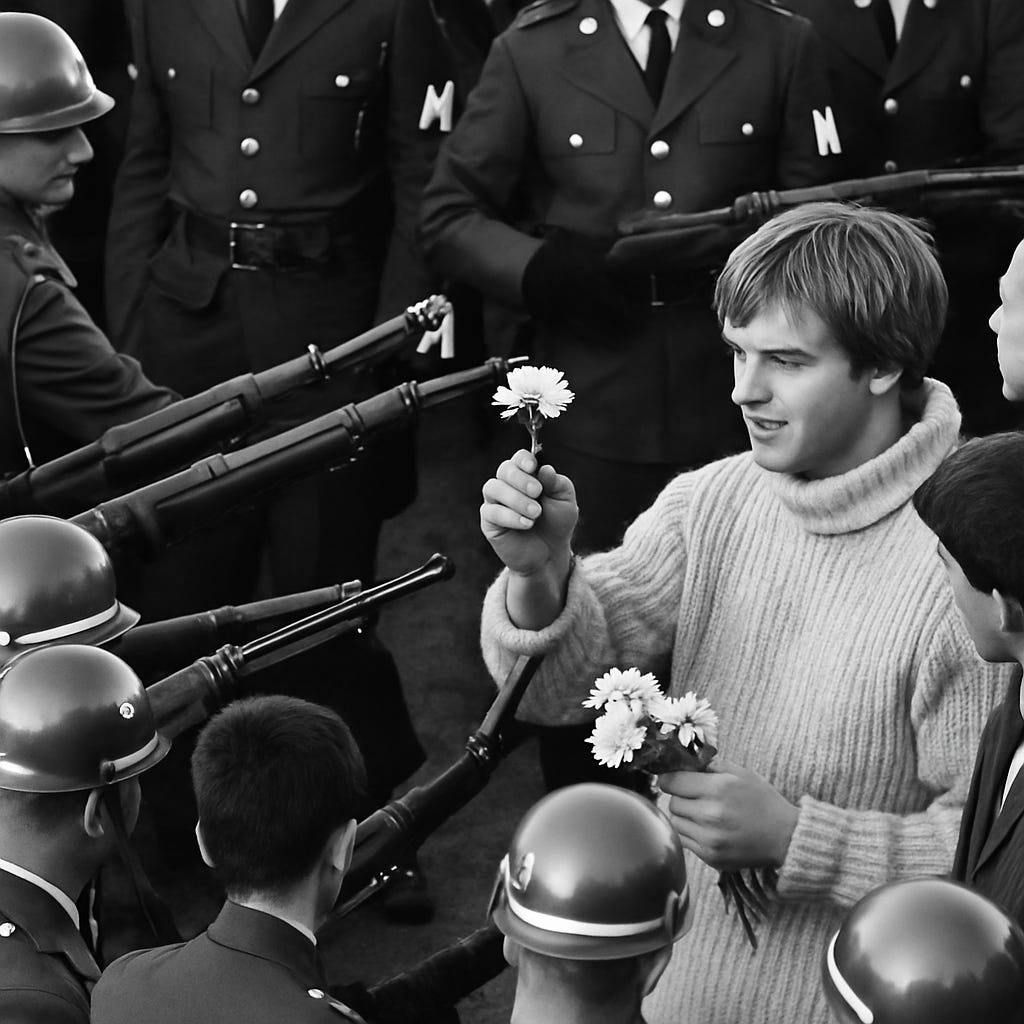✍️ The Guard Belongs to the States — and the Constitution Says So
When presidents send troops into cities without a state’s request, they cross a constitutional line.
The National Guard is meant to serve both the states and the nation. Governors normally command their guard units for local emergencies like floods, wildfires, or civil unrest.
The president can take command only in limited situations: war, invasion, or actual insurrection.
That balance is built into the U.S. Constitution and reinforced by more than 200 years of laws and practice:
Congress has the power to organize and fund the guard.
States appoint their officers and oversee training.
The president becomes commander in chief of the guard only when it is “called into the actual Service of the United States.”
Just as important, Article IV, Section 4 — the Guarantee Clause — limits when federal forces may enter a state. It requires that the United States protect each state from invasion and, only on the application of its legislature or governor, from “domestic Violence.”
In plain language: The president cannot send troops, including the National Guard, into a state unless that state asks for help or faces an external attack. That is not mere tradition — it is a constitutional boundary meant to preserve each state’s self-government.
When guard troops are sent into Washington, D.C., the president has direct authority — because D.C. has no governor.
But sending them into Los Angeles, Chicago, Portland, or other states without a governor’s request violates the Constitution’s design. It disregards the Guarantee Clause, erodes state sovereignty, and risks turning domestic unrest into federal occupation.
The Constitution draws this line clearly: The United States may defend the states, but it may not overrun them.
Trump is wrong.
U.S. Constitution: Original Provisions
Article I, Section 8 (powers of Congress)
Congress has the power:
Clause 15:
“To provide for calling forth the Militia to execute the Laws of the Union, suppress Insurrections and repel Invasions.”Clause 16:
“To provide for organizing, arming, and disciplining, the Militia, and for governing such Part of them as may be employed in the Service of the United States, reserving to the States respectively, the Appointment of the Officers, and the Authority of training the Militia according to the discipline prescribed by Congress.”
Article II, Section 2 (powers of the president)
“The President shall be Commander in Chief of the Army and Navy of the United States, and of the Militia of the several States, when called into the actual Service of the United States …”
Article IV, Section 4 (powers of the states)
“The United States shall guarantee to every State in this Union a Republican Form of Government, and shall protect each of them against Invasion; and on Application of the Legislature, or of the Executive (when the Legislature cannot be convened) against domestic Violence.”


